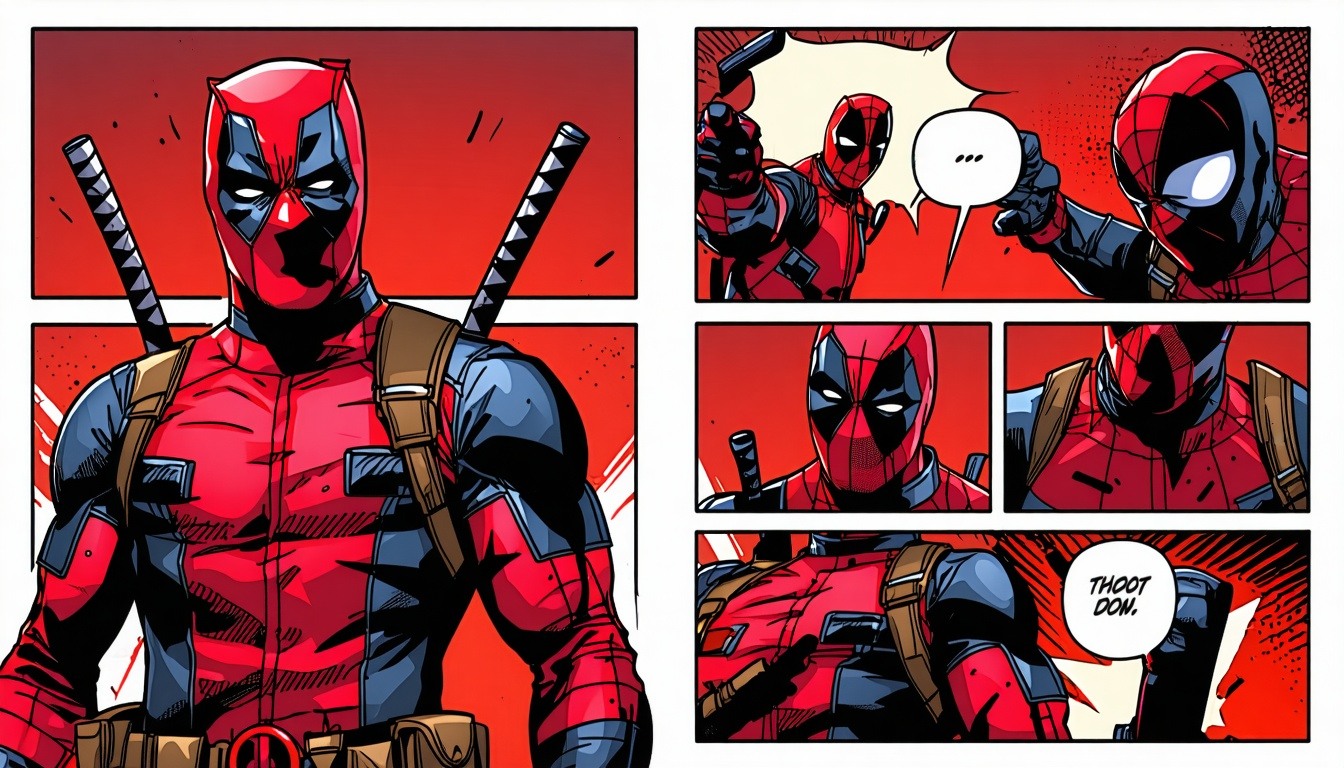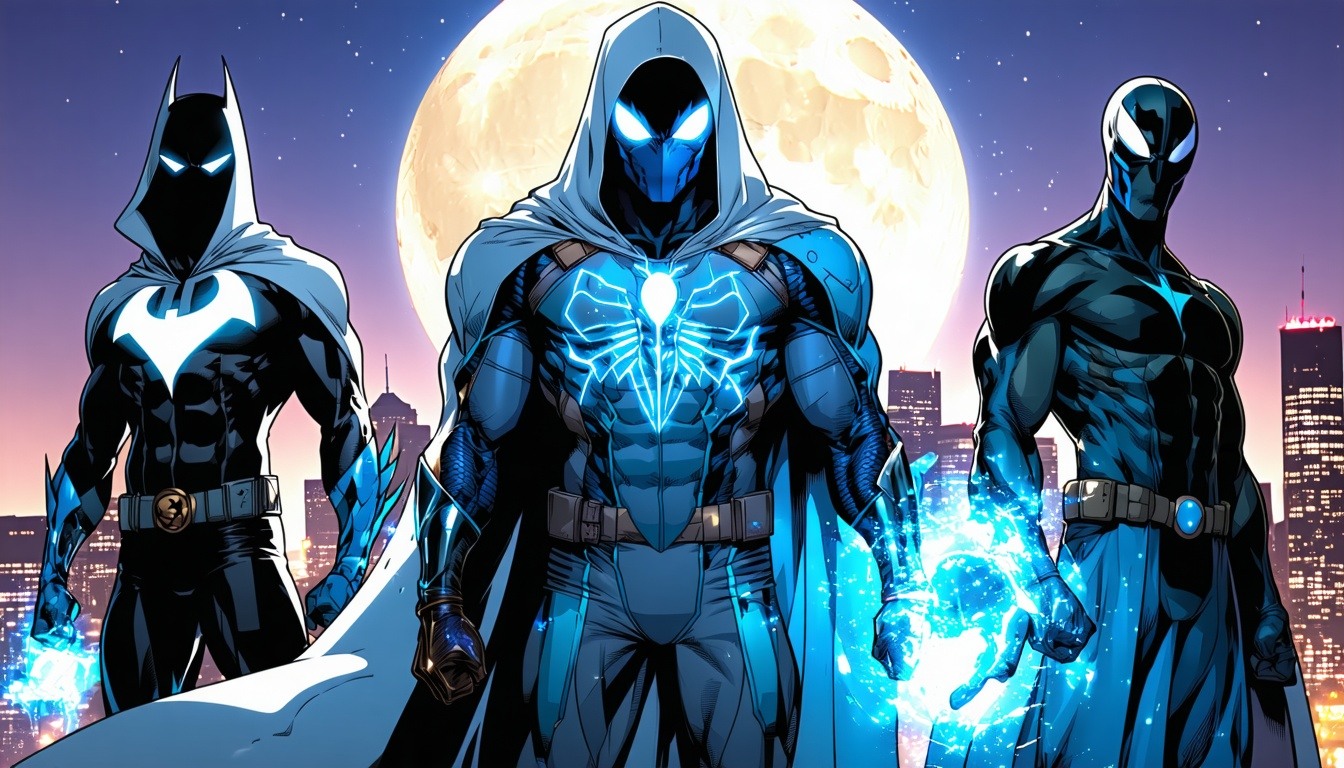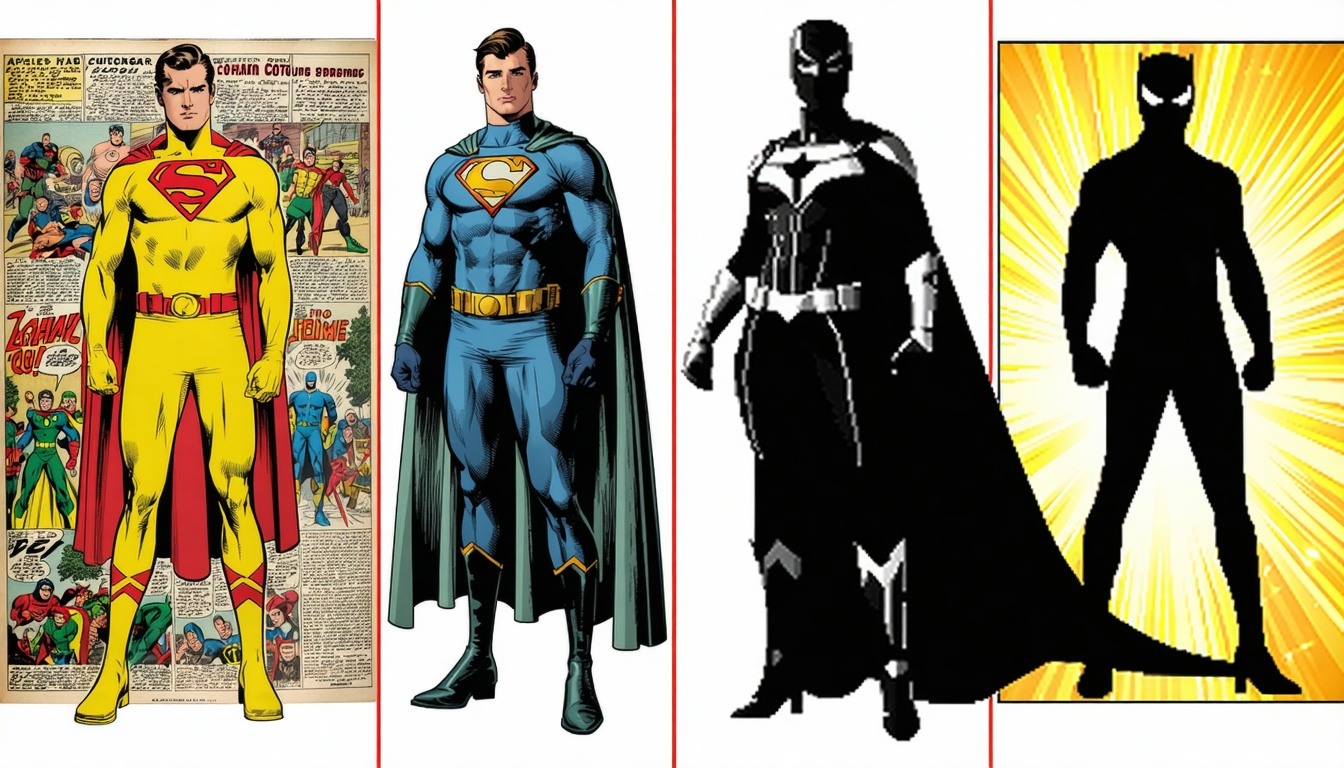Superhero costumes are an essential part of their identity, and over the years, they have evolved significantly. From the simple spandex suits of the Golden Age to the high-tech armor of modern superheroes, costume designs have reflected the trends of their times.
The Golden Age (1930s-1950s): Simple Yet Iconic
When superheroes first emerged in the late 1930s, their costumes were bright, simple, and heavily inspired by circus performers and pulp fiction characters. Superman, created in 1938, set the standard with his cape, skin-tight suit, and emblematic "S" shield. Batman followed with a more practical yet still theatrical look, featuring a cowl and a flowing cape.
During this era, most heroes wore spandex or cloth-based costumes in primary colors, designed to stand out on newsprint. These suits weren’t just for aesthetics; they visually separated heroes from ordinary citizens and emphasized their exaggerated physiques.
The Silver Age (1950s-1970s): Bold Colors and Sci-Fi Influences
As the Silver Age introduced more cosmic and science-fiction elements to comics, costumes evolved accordingly. The Flash, Green Lantern, and the Fantastic Four wore streamlined, futuristic suits that reflected their abilities. This era also saw the introduction of more utility-based designs, like Batman's enhanced utility belt and Thor’s Asgardian armor.
At the same time, female superheroes like Wonder Woman and Black Widow received more dynamic designs, though they were often still influenced by fashion trends rather than practicality.
The Bronze and Modern Age (1980s-Present): Grittier and More Tactical
By the 1980s, superheroes began moving away from the flashy, skin-tight costumes in favor of darker, more armored designs. Frank Miller’s The Dark Knight Returns reimagined Batman’s suit as a thick, battle-worn armor rather than a simple cloth costume. Similarly, Iron Man’s armor became more intricate, with new designs emphasizing realism and function.
Today, superhero costumes in both comics and film are influenced by tactical military gear, blending function with aesthetics. Black Panther, Captain America, and even Superman have incorporated armored textures and practical elements into their suits.
Conclusion
Superhero costumes have come a long way from their simple beginnings, evolving to reflect changes in art, culture, and storytelling. Whether it's the spandex of the Golden Age or the battle-ready armor of modern heroes, one thing remains constant: a superhero’s costume is a symbol of their identity and legacy.
orem ipsum dolor sit amet, consectetur adipiscing elit. In vestibulum justo sit amet augue maximus, non finibus dolor pharetra. Morbi ut dui orci. Mauris tempor lorem et fringilla hendrerit. Aenean id fermentum felis.
Weekly OutLook
Featured Posts
Related Posts

Negative tag example
This is a test to see if not showing a specific tag will work.
The Greatest Comic Book Crossovers of All Time
The Greatest Comic Book Crossovers of All Time Comic book crossovers are some of the most exciting events in the industry, bringing together heroes...

The Most Underrated Superheroes You Should Know
The Most Underrated Superheroes You Should Know Not all heroes get the spotlight. Here are some of the most underrated superheroes who deserve more...
-1-1.png) HR Gumbo
HR Gumbo
